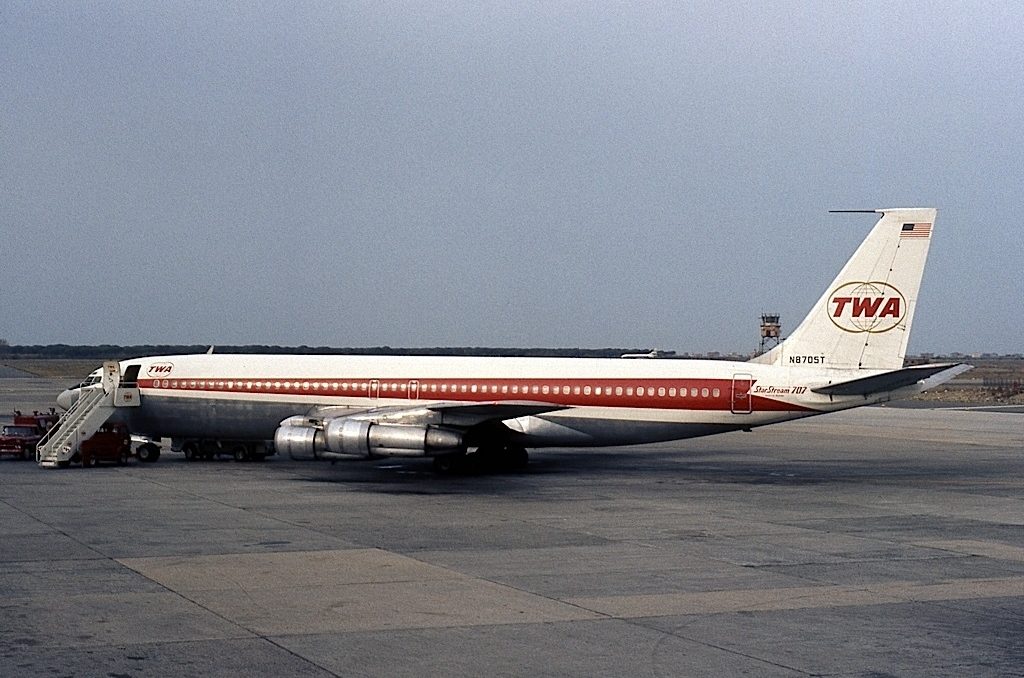40 Success Stories: When Inflight Motion Pictures Brought Films to the Cabin
Share

To celebrate the 40th anniversary of APEX EXPO this year, APEX Media is looking back at its members’ most significant achievements. Today, we reminisce about how Inflight Motion Pictures introduced the first regular form of IFE.
Register for APEX EXPO (Los Angeles, September 9-12)
On July 19, 1961, Trans World Airlines (TWA) launched the world’s first in-flight entertainment (IFE) system on board a transcontinental Boeing 707 flight with a screening of John Sturges’ By Love Possessed.
The system was developed by David Flexer and his company, Inflight Motion Pictures (IMP), over a number of years, with the help of $1 million, which Flexer poured into the business himself. Already the owner of a small chain of movie theaters, Flexer had the idea for an IFE system while he was flying. He famously told Life magazine, “Air travel is the most advanced form of transportation and the most boring.”
According to John N. White in his document “A History of In-Flight Entertainment,” the hardware consisted of a Kodak projection mechanism adapted to accommodate a 26-inch-diameter reel of 16mm film (multiple reels had to be spliced together so that a whole film was on just one reel) mounted horizontally to the ceiling of the aircraft cabin.
To watch a certain movie, “sophisticated international travelers deferred departures and even switched destinations.”
Alan Levy, who wrote the aforementioned article about the rise of IFE for Life, described the public response to the solution as “electrifying.” He said that to watch a certain movie, “sophisticated international travelers deferred departures and even switched destinations.” Levy also shared a research firm’s estimate that the IFE was responsible for six to eight more passengers per TWA flight!
The success of IMP spurred other companies to follow suit, and soon American Airlines was flying with Astrocolor, a solution developed by a Bell & Howell which, according to Smithsonian.com, “turned the airplane into a giant film projector.”
By the end of the 1960s, White said in-flight movies were available not only on board American Airlines, TWA, Pan Am, United and other US carriers, but also on airlines across the globe, including Pakistan International, Air France, China Air and Swissair.
See more posts from the 40 Success Stories campaign.



